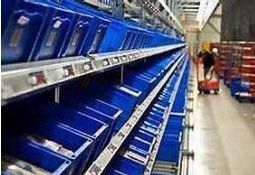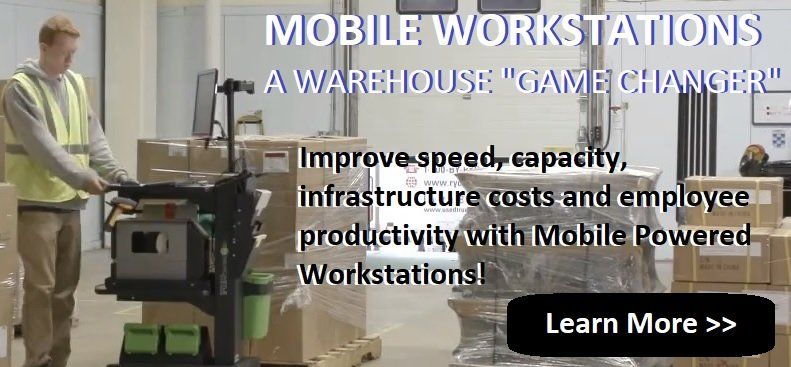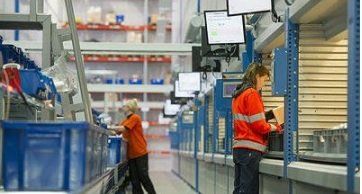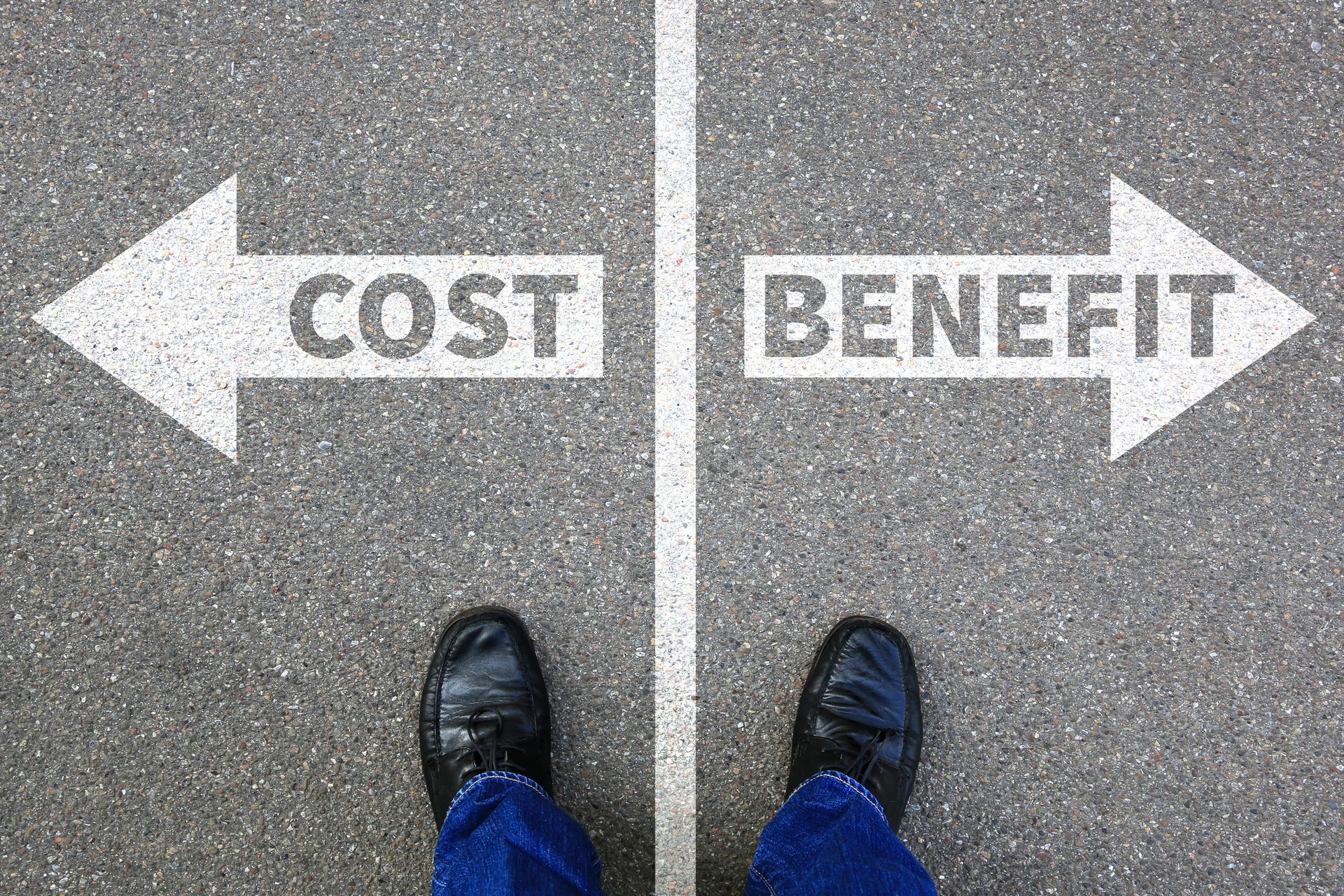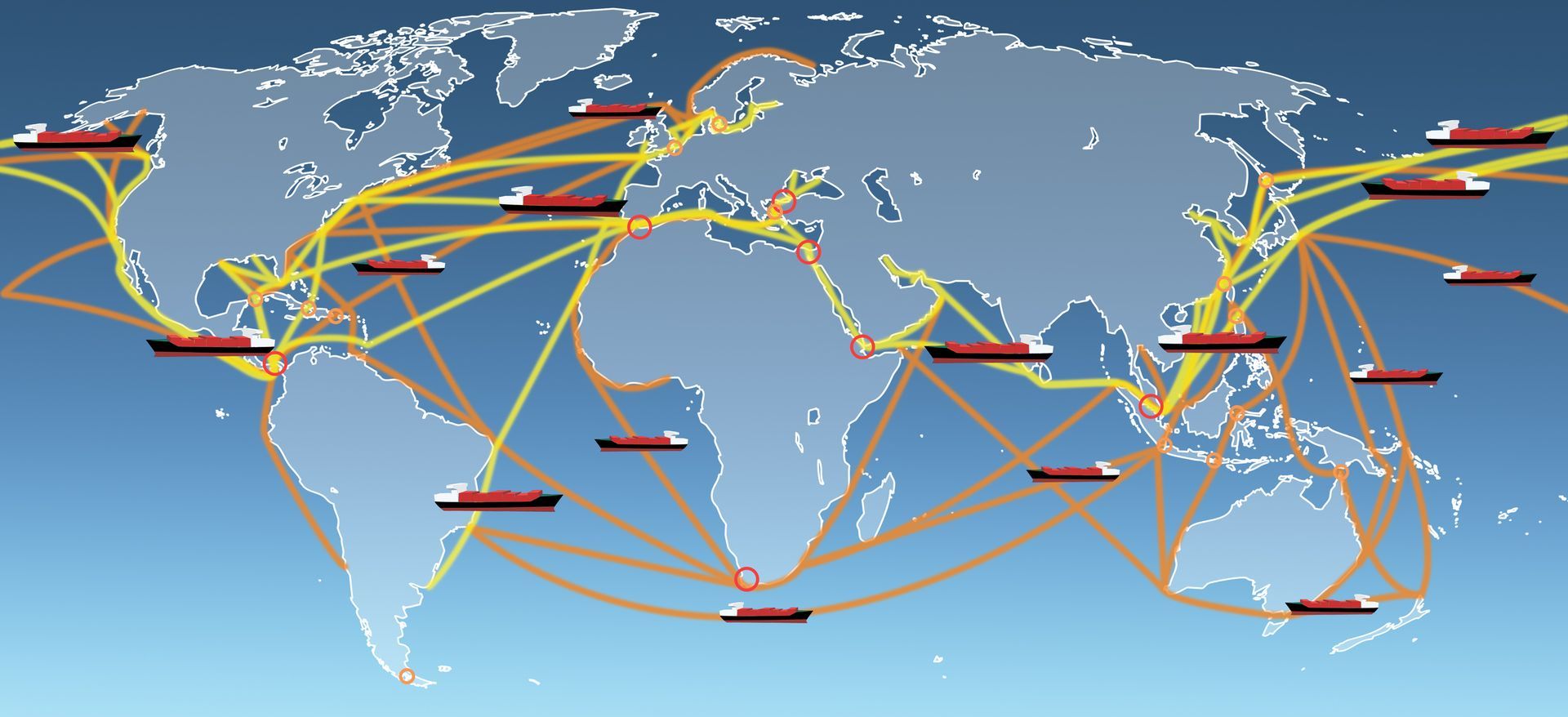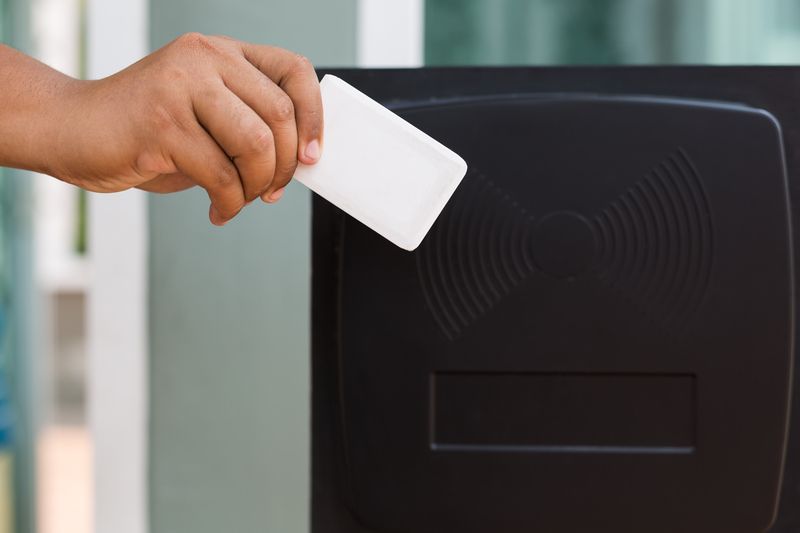Is It Time To Rethink Your Picking Process for 2021?
How will picking change from the processes of 2020?
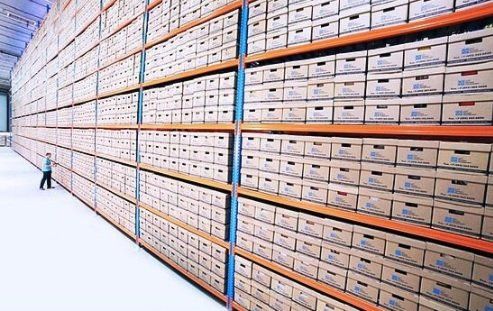
- 20 totes vs. 160 boxes
- 20 tags/labels vs. 160 shipping labels and packing lists
- 20 commercial locations to ship to vs. 160 residential addresses
- Picking 8 or more at a time vs. Picking as few as ONE at a time.
- Easy to implement for many existing facilities without major infrastructure or software changes
- Good option for low number of SKUs, especially if they include oversized or odd-shaped items.
- Works well for facilities where experienced employees know their way around the locations.
- Eliminates need for additional step for sorting and collating orders before packing. Picked orders can go right to packing.
- Incredibly inefficient for any facility with large amount of SKUs. It would result in an unacceptable amount of walking for the Picking staff making it prone to higher inaccuracy.
- Requires staff to be well-versed on locations in aisles, harder to bring on new workers for peak periods.
BATCH PICKING
This method is a very common method in consumer retail operations and can support a higher volume of order and SKUs than SKU-based picking. In this method the products in your orders are split up on a picking list, and the workers go through the aisles in order with the locations, quantities and destination bin (on their picking cart) laid out so that by the time they have walked through all the aisles their cart is full of completed orders that can be delivered to packing.
Imagine a tall cart, with about 20 shelf locations on it, being pushed through the aisle and as the worker reaches a rack identified on their list they see that they need to pick 3 of a single item from a bin and put each one in three different locations on the cart (because of the 20 orders being picked, 3 ordered that item). They then move to the next location identified, pick the right amount, move on, and so on.
PROS:
- Removes the sorting step so that orders delivered to Packing are all sitting together with all of their required items.
- Allows for your aisles to be “one-way” to improve traffic
- Allows for random location assignments of SKUs which reduces picking errors (i.e. a single color of a men’s dress shirt might have 36 different SKUs to account for neck/sleeve size combinations, which leads to mispicks when their bins are all in the same rack
CONS:
- While it can be more efficient than SKU-based picking it has limitations in that it may require a lot of “exceptions” for large or odd-shaped items.
- It requires each worker to run the entire length of all the aisles for every batch of orders they pick, which adds an excessive number of footsteps (and the time required to make them). Especially hard for a much bigger facility with larger numbers of SKUs and the aisles needed to house them.
ZONE PICKING
This picking method picks up on the smarter location-driven aspects of Batch Picking and makes it more efficient by deploying workers to assigned zones where they pick only those items in their own zone, and then pass them along to another zone where other items from the order may be merged together with them. At this level, a modern Warehouse Management System (WMS) or similar software is required to make this work properly.
PROS:
- Far less wear and tear on workers who are limited to a smaller zone and thus hundreds less footsteps than if they were patrolling every aisle.
- Can support the easy deployment of pick-to-light systems or voice technology systems where efficiency can be accelerated even more with a hands-free process and bringing accuracy well above 99%.
CONS:
- Not as attractive for smaller facilities where the technology investment and additional planning may not have the quick ROI relative to some legacy methods.
- May also be less efficient for smaller order sizes (i.e. consumer retail averaging 2-3 items per shipment) as it requires multiple hand-offs through zones where there may be no picks required adding wasteful touches in the picking process.
Single Order Pick to Conveyor
This picking method involves not just the software investment of Zone picking, but also a large hardware investment in conveyor equipment and perhaps additional software for them (if automated). Basically, workers move totes along gravity conveyors through different zones and can use multiple technologies like Voice or Pick-to-Light to pull items from the bins above when the tote reaches that rack. A takeaway conveyor is positioned where the worker can push the tote or carton aside so it will get taken to Packing or Shipping as needed.
PROS:
- This method eliminates footsteps for the picker altogether and brings the totes/cartons to them.
- It’s an excellent option for a high-volume environment where cycle times are shorter than others
CONS:
- Can be a much larger investment to set up, especially if it involves automated conveyors and the software to route totes, etc.
- Requires sophisticated controls and software to optimize (i.e. for knowing when a tote can bypass a zone without the worker handling it, etc.).
Hybrid Batch Pick to Conveyor
In the final method we outline here, the workers may be picking from a zone that is fluid based on the current “wave” they are picking for, and at the end of the aisles, can literally “dump” the contents of their carts onto a conveyor which would take all the picked items to a tray sorter or other similar technology that would then deliver them with the rest of the order picked from other aisles to the Packing station. It’s incredible efficient for soft goods like clothing and other small retail businesses, as pickers can take advantage of the speed of Batch picking but without having to place each item in a separate bin.
PROS:
- Very efficient with picking rates extremely high
- Less investment required than some Pick-to-Conveyor options
- Retains high accuracy rates due to the random assignment of SKUs to bins.
CONS:
- Requires too many “exception” processes if you carry over-sized or odd-shaped items that can’t go on the conveyor
MIDCOM has been helping warehouses since 1982. Talk to one of our Specialists about products that can help warehouse picking processes today at (866) 445-1202.
Get More Information Mobile Workstations



